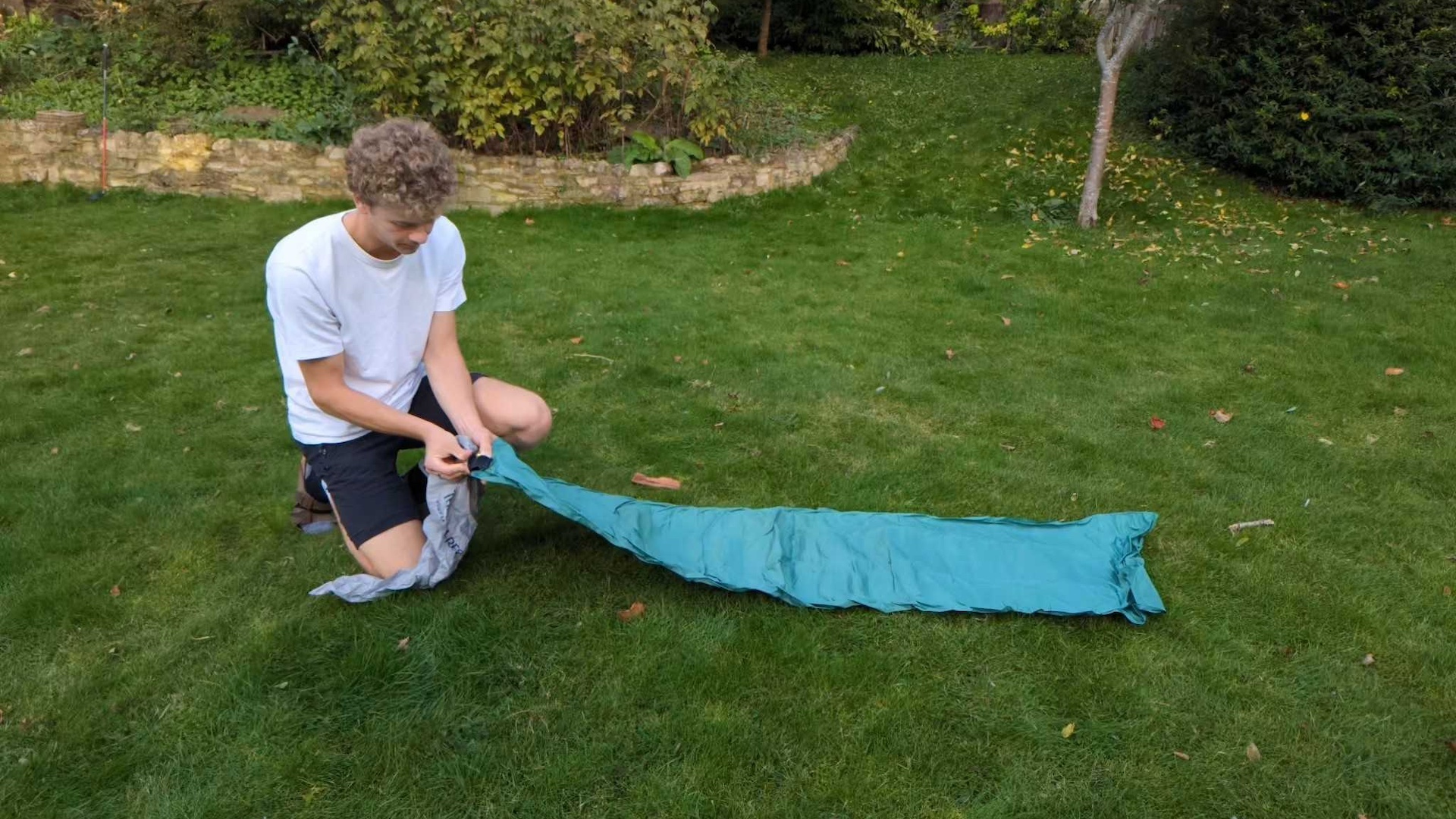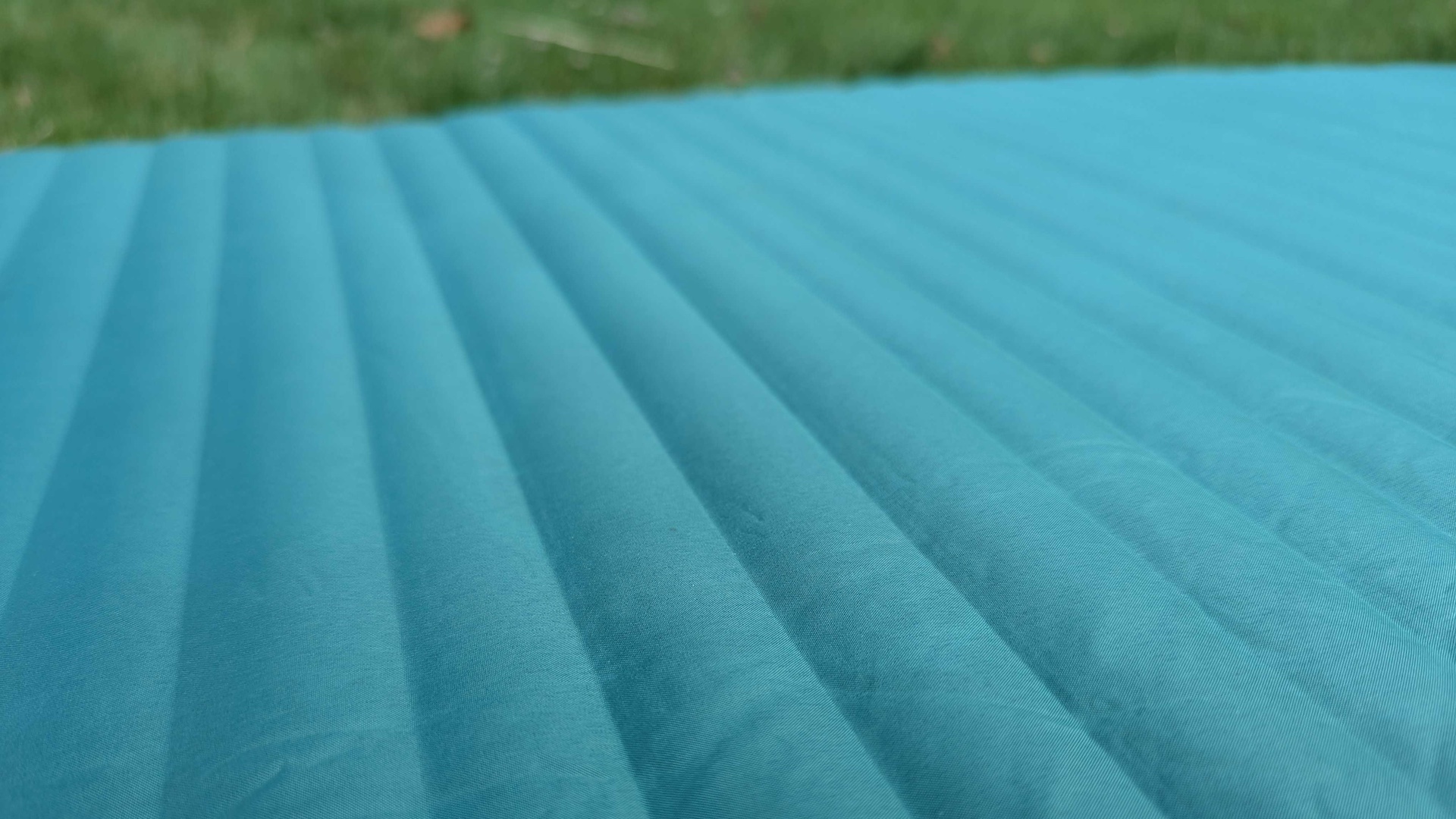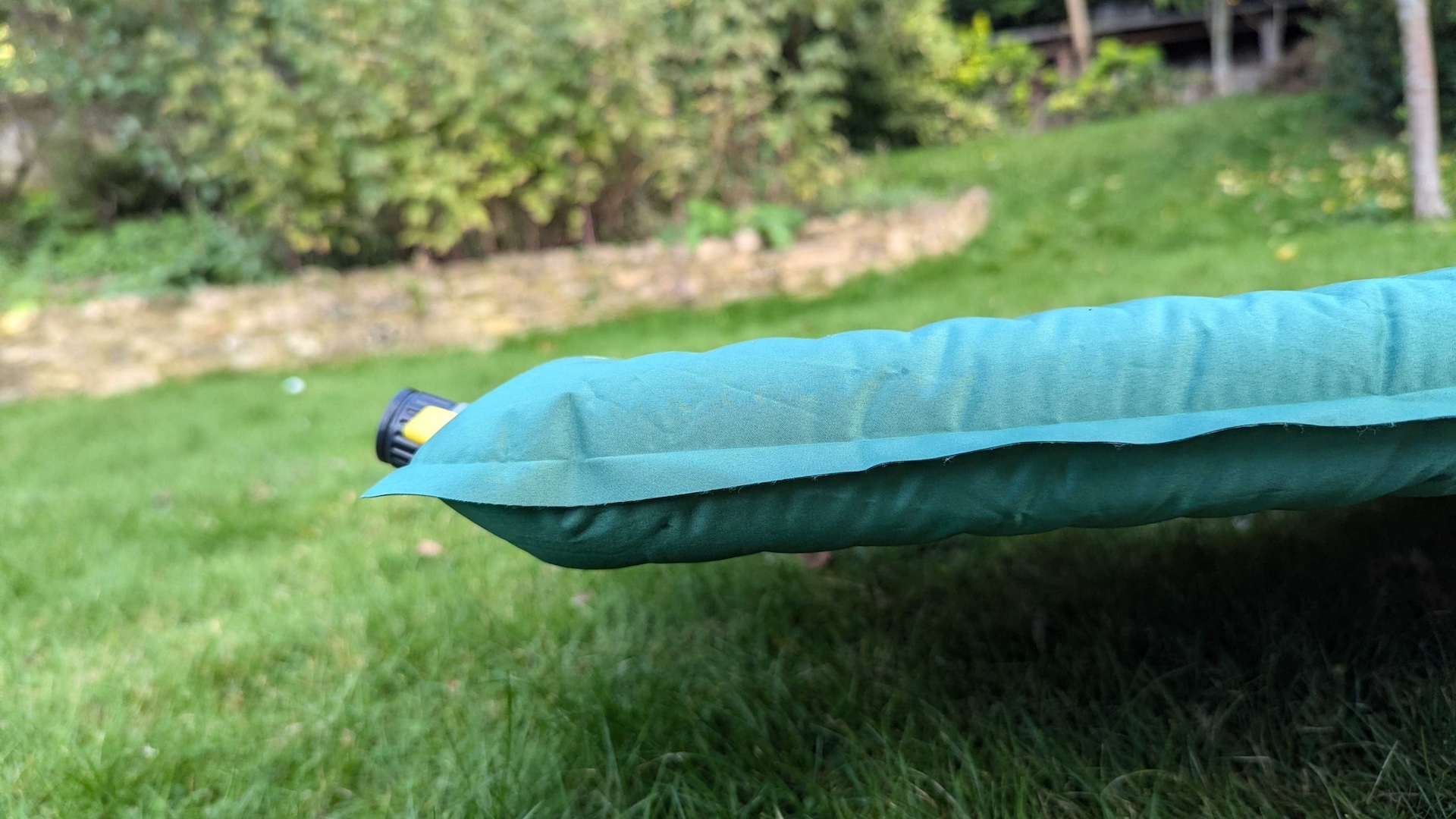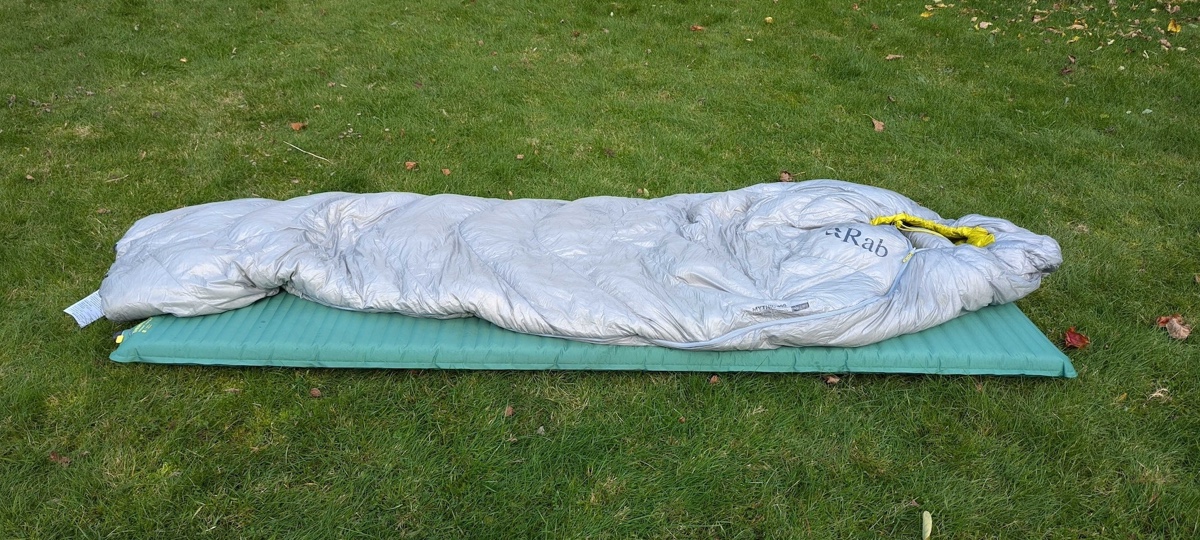Advnture Verdict
It's heavier than higher-end models like the NeoAir XLite NXT and it doesn't provide the same levels of insulation. But, coming in at a more affordable price point, it makes a strong case for campers who don’t need the ultralight weight or four-season capability of a more sophisticated model. At $124.95 / £120 it won't be beating Decathlon for price, but this premium-feeling sleeping pad with build quality to match is still good value.
Pros
- +
Intuitive, easy-to-use valve system
- +
Comfortable, durable fabric construction
- +
Quiet – doesn’t rustle in a tent
- +
Decently priced
Cons
- -
2.2 R-value isn’t the highest
- -
A little heavy for the R value
You can trust Advnture
Therm-a-Rest NeoAir Venture sleeping pad: first impressions

The Therm-a-Rest NeoAir Venture is a middle-of-the-road offering from a manufacturer responsible for some of the best sleeping pads available right now. It’s versatile, aimed at campers and backpackers looking for a balance between comfort, durability and affordability – which I think it does so admirably. While it’s not the lightest or warmest option out there, it’s an all-around solid choice for those who need a reliable sleeping pad that won’t break the bank.
• List price: $124.95 (US) / £120 (UK)
• Weight: 650g (packed weight)
• Size variants: Regular, Large
• Dimensions: 183cm x 51cm / 72in x 20in
• Thickness: 50mm / 2in
• Packed size: 23cm x 13cm / 9in x 5in
• R value: 2.2
• Compatibility: Camping, car camping, two-season backpacking
Therm-a-Rest have used their WaveCore construction on the NeoAir Venture, which they claim provides a reasonable R-value of 2.2, creating air cells that trap warmth without requiring additional insulation layers. The baffles are far less deep than some of the brand’s higher-end pads, though, which means they don’t trap as much insulation. This design lends itself much more towards summer camping or milder temperatures than true winter conditions or cold weather extremes. The two-inch thickness offers ample cushioning to keep you off the ground and comfortable, though it doesn’t quite match the plush feel of higher-end pads with thicker inflation.
The NeoAir Venture also receives Therm-a-Rest’s WingLock valve system, which I am a huge fan of – it’s simple to use, reliable and feels pretty well built, too. The valve allows for quicker inflation by letting air flow in one direction, while deflation is almost effortless. There’s a pump sack included too, which is great. Even though this is a slightly thinner pad than Therm-a-Rest’s range toppers, it’s still a very welcome touch. It takes a few rounds to fully inflate the pad, but it’s far from tedious. For those who have experienced older, slower inflation systems, it’s a huge step up in usability.
The pad itself is made from 50D polyester, which strikes me as a good balance between toughness and weight. It’s not as featherlight as the ultralight pads out there, but the material feels more durable and is less prone to the annoying rustling noise that I’ve noticed with more expensive, lightweight pads from the likes of Exped. This might seem like a niche feature, but truly a useful one when dealing with uneven wild camp locations where you tend to move around a little!
Meet the reviewer

A lifelong outdoor enthusiast, Joe found a love for adventure early on, starting in Scouts as a young Beaver and progressing through the ranks. After years as a dedicated racing cyclist, Joe shifted focus to the mountains, diving into alpine trekking, hiking, and trail running. Now, he’s is constantly in pursuit of the perfect camp spots and the most breathtaking sunrises and sunsets. From remote mountain trails to rugged terrains, Joe is always planning the next remote escape.
Therm-a-Rest NeoAir Venture sleeping pad: in the field

I tested the Therm-a-Rest NeoAir Venture on a summer camping trip in the Swiss and French Alps, where nighttime temperatures ranged from 40°F to 68°F (4°C to 20°C). The varying altitude, and therefore temperatures, allowed me to get a good feel for the sleeping pad in a range of temperatures. Never knowing quite what to expect in the mountains, I took a belt and braces approach for this trip, pairing the lower R-value of 2.2, with my 21°F (-6°C) rated sleeping bag.
Unsurprisingly, I never felt cold during the trip. But I do feel that there was an awful lot of headroom in terms of conditions here. Isolating the pad’s performance, it’s worth noting that I never felt that I had a particularly cold back in the night, often a tell-tale sign of poor insulation. The Therm-a-Rest NeoAir Venture was fantastic for these conditions, but if things tipped too far below freezing (32°F/-0°C), I would likely consider something with deeper baffles.

Comfort-wise, I found the pad more than adequate. The two-inch thickness provided plenty of cushioning to keep me off the ground at all times. This is high praise considering some of my dubious camp locations, as truly flat ground is often hard to come by in the mountains.
One thing I appreciated was that the pad didn’t feel at all flimsy. Ultralight pads can have a tendency to feel rather delicate, and can move around a little more if you’re a restless sleeper. The NeoAir Venture stays put, and takes away any puncture anxiety.
I even took it outside my tent for some early morning sunrise viewing, lying on mulchy, thistly grassland, with the odd rocky protrusion. The pad held up without any punctures or issues, and I’m pretty confident in the reliability of the 50D polyester construction. I also wouldn’t hesitate to take it bivy camping, where durability is key.

